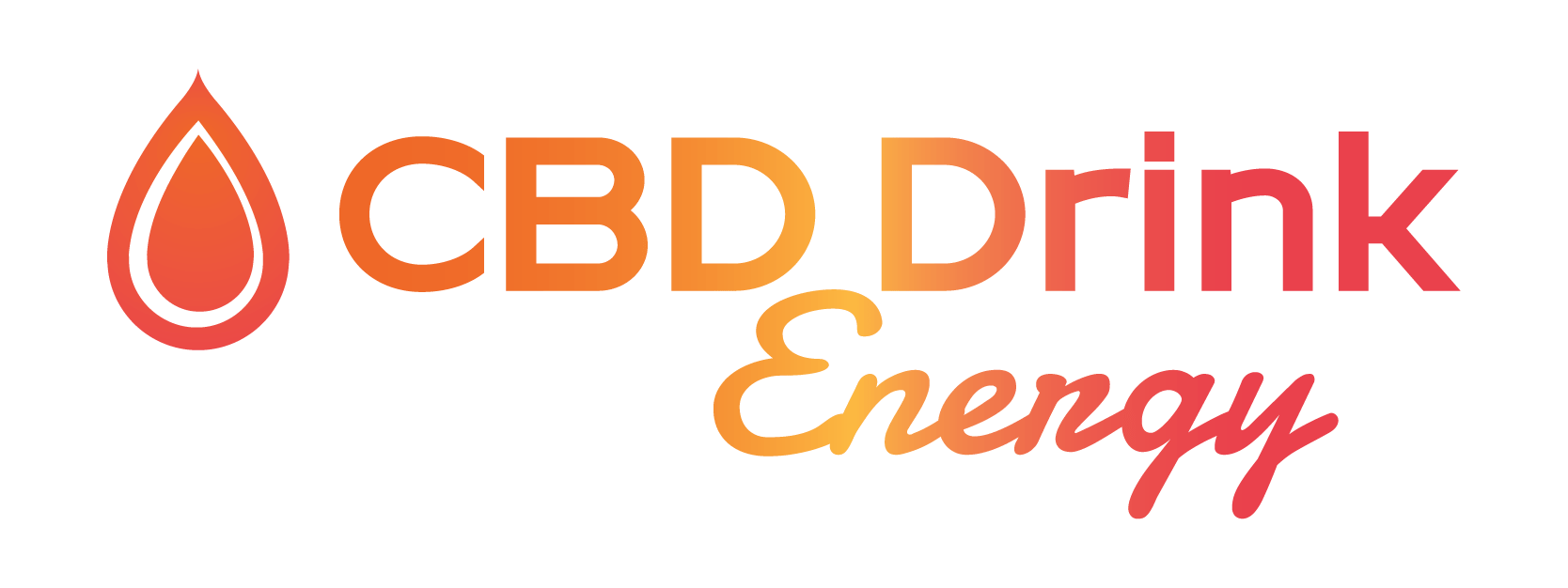At the federal level, the 2018 Farm Bill removed “hemp” (≤0.3% delta-9 THC by dry weight) from the Controlled Substances Act. Any CBD used in a beverage must come from compliant hemp and supply-chain partners licensed under the USDA’s Domestic Hemp Production Program, which sets sampling and total-THC testing methods (post-decarboxylation) for crops.
Crucially, the FDA has concluded that existing food and dietary-supplement frameworks are “not appropriate” for CBD and has asked Congress for a new pathway. Translation: at the federal level, CBD may not lawfully be added to conventional foods or marketed as a dietary supplement (the agency continues enforcement via warning letters). Until Congress acts, that position governs interstate commerce and labeling.
Manufacturing standards depend on how the product is positioned. If an energy drink is a conventional beverage, facilities must meet FSMA’s human-food Current Good Manufacturing Practice (CGMP) and hazard-analysis/Preventive Controls requirements (21 CFR Part 117). If instead a firm tried to sell the product as a dietary supplement (again, not permitted for CBD today), Part 111 CGMPs would apply. Either way, robust quality systems, supplier controls, specifications, and recordkeeping are expected by regulators and retailers.
Labeling and claims are another minefield. The FDA polices illegal disease claims and misbranding, while the FTC requires “competent and reliable scientific evidence” for any express or implied health claim. Operation “CBDeceit” and subsequent actions show that unsubstantiated claims (e.g., treating anxiety, pain, or heart disease) draw penalties and settlements. Avoid therapeutic claims; stick to non-disease structure/function language only where substantiated.
Child-appeal and consumer safety are active priorities. The FDA and FTC have jointly warned companies over edibles that mimic popular snacks; although focused on THC, the same packaging and marketing cautions apply to CBD beverages—no look-alike branding, clear ingredient and caffeine disclosures, and age-gating where required by state law.
Because the FDA has not opened a federal path for CBD in foods, many brands rely on state allowances to sell intrastate. Examples include California’s AB 45, which permits hemp-derived ingredients in foods and drinks if manufacturers meet specific testing, registration, and labeling rules (e.g., testing the raw extract, using independent labs, and following commodity-specific label requirements). Colorado similarly regulates hemp in food and assigns oversight of manufacturing, packaging, and distribution. Multi-state brands must map these state rules, monitor serving- and package-level THC limits, and maintain documentation for each jurisdiction.
Finally, watch the “intoxicating hemp” clamp-down. Several states have restricted or banned products with combined THC isomers above low thresholds, and federal proposals would tighten definitions. Formulations must control all THC isomers—not just delta-9—to avoid being swept into cannabis-only channels.
Bottom line: to compliantly market a CBD energy drink, companies should (1) source USDA-compliant hemp, (2) manufacture under Part 117 CGMPs with rigorous testing, (3) honor the FDA’s prohibition on CBD in interstate-commerce foods and supplements until Congress acts, (4) tailor labels and claims to FTC standards, (5) satisfy each selling state’s hemp-in-food rules (registration, testing, THC limits, and warnings), and (6) avoid child-appealing design and any disease claims.
Discover More: Online vs. In-Store: What Every Shopper Should Know Before Buying CBD
